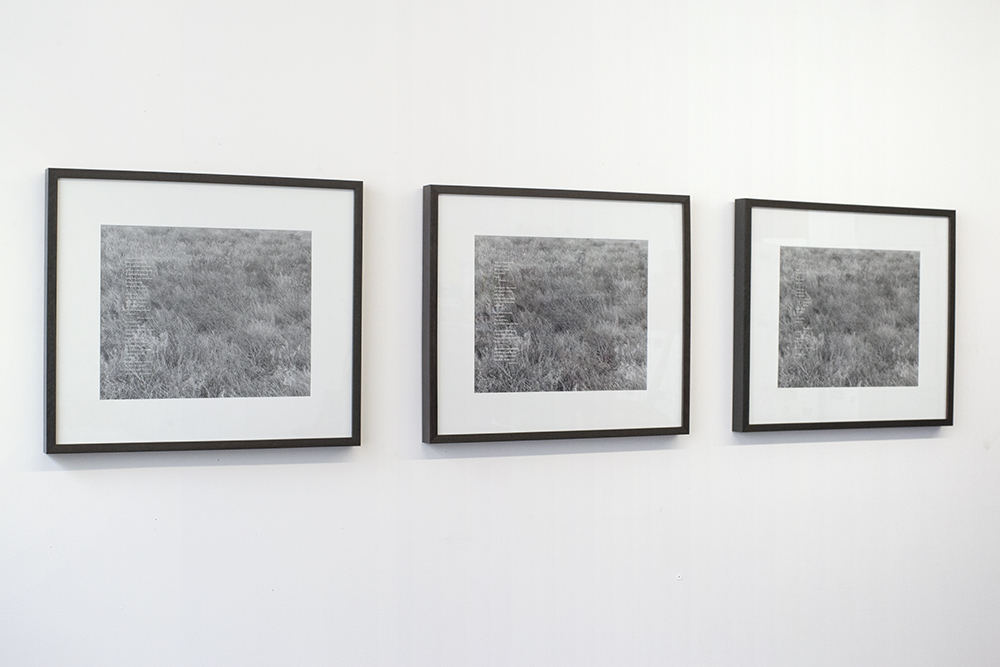detailed view of each frame
1864. The 1851 Treaty of Fort Laramie, between the United States government and the Cheyenne and Arapaho tribes, recognized that the vast territory between the North Platte River and Arkansas River and eastward from the Rocky Mountains to western Kansas belonged to the tribes. However, with the discovery of gold in the Rocky Mountains, the value of the land changed, and a flood of white settlers moved in.. In 1861, ten Cheyenne and Arapaho chiefs were intentionally deceived and unwittingly signed the Treaty of Fort Wise which ceded two thirds of this land to the United States. Many Cheyenne and Arapaho people rebelled against this treaty signed by their chiefs and continued to use their original lands. This consequently led to conflicts with the farmers and gold diggers.
In 1864, Black Kettle, chief of around 800 mostly Southern Cheyenne people, reported to Fort Lyon to declare their presence as peaceful. His camp was set out at nearby Sand Creek, less than 40 miles north. Black Kettle flew an American flag given to him by President Lincoln in 1863 over the Elders lodge of the camp. He had been assured that this practice would keep him and his people safe from U.S. soldiers' aggression. On the morning of November 29, 1864 Colonel Chivington and 800 troops marched from Fort Lyon to Black Kettle's campsite at Sand Creek, , and for no apparent reason, attacked camp, disregarded the American flag, and a white flag that was run up shortly after the soldiers commenced firing. The camp was unarmed. The Cheyenne men had traveled to hunting grounds, at the time of the attack the camp was only occupied by women, children and the elderly.
Chivington's soldiers brutally killed the majority of them. Accounts differ – some say at least 105, others state that up to 400 people died that day. According to the United States Congress Joint Committee on the Conduct of the War, 1865, the soldiers then also scalped and mutilated many of the dead, taking the body parts as battle trophies. They were later publicly displayed in the Apollo Theater and saloons in Denver.
1981. In 1981 Simon J.Ortiz (Acoma Nation, USA) was an Honored Poet recognized at the White House Salute to Poetry. This same year he completed From Sand Creek: Rising In This Heart Which Is Our America, a multilayered reflection on the events at Sand Creek, honoring and remembering its victims, and asking how Americans (of all kinds) can learn today from these sites and histories. The work received the Pushcart Prize in poetry. "For Indian people, I would like From Sand Creek to be a study of that process which they have experienced as victim, subject, and expendable resource. For the people of European heritage, I want it to be a study, too, but one which looks at motive and mission and their own victimization. I hope, finally, we will all learn something from each other. We must." writes Simon J. Oritz.
2008. The Sand Creek massacre was driven by the U.S. military's desire to clear the Cheyenne and the Arapaho off the lands that were some of the most fertile grounds in the country. The land was rich with resources, suitable for farming and cattle. The later discovery of gold only increased its value and the potential for it to provide untold wealth to the settlers. Cattle, farming and gold were major capitalist interests 150 years ago. To secure and sustain these interests, the settlers and the U.S. government used forceful and violent strategies to remove the original inhabitants of this land. Until this day, the U.S. Government has never officially acknowledged the wrongs that were committed in the pursuit of these capitalist interests, nor has it offered an official apology to the Cheyenne and the Arapaho or Native Americans at large for the expropriation and dispossession of lands. Many of the descendants of the survivors of the massacre at Sand Creek and the countless other massacres that happened throughout the United States, live in poor conditions, disenfranchised on reservation land with dire need of social, economical and cultural restoration.
These early years of the United States of America can be seen as the first steps of capitalist expansionism as we know and experience it today. One could even call this the true beginning of the “permanent war,” or " the long war," whereas the designation terrorist was used for those who were then called "savages:" merely Native Americans defending themselves against the invaders of their homeland, refusing the moral, cultural and economical colonialization by the settlers and their Manifest destiny.
To relate the current conditions and actions of the U.S. in the middle East with the military zealotry it enacted 150 years ago might seem for many far fetched. Yet the motivations, the rhetoric and the actions are astonishingly similar. Both can be seen as motivated by the underpinning of a grand capitalist, expansionist gesture, framed in higher moral reasons and intentions. In an Op-Ed piece in the New York Times on September 11th, 2002 George W. Bush officially connected the concept of democracy with the concept of a free market. Until then, no other U.S. president had ever formulated this in such direct manner. In doing so he gave an official ideological underpinning to what had been practiced in the United States since its foundation.
Massacres like Sand Creek are shameful episodes in American history. The Sand Creek Massacre National Historic Site was not established until last year, 2007. As Simon J Oritz suggests, the site is not only one of commemoration but offers itself as site for learning - to reflect upon the arch that connects the events from 1864 to those of 2008.
